1. Target
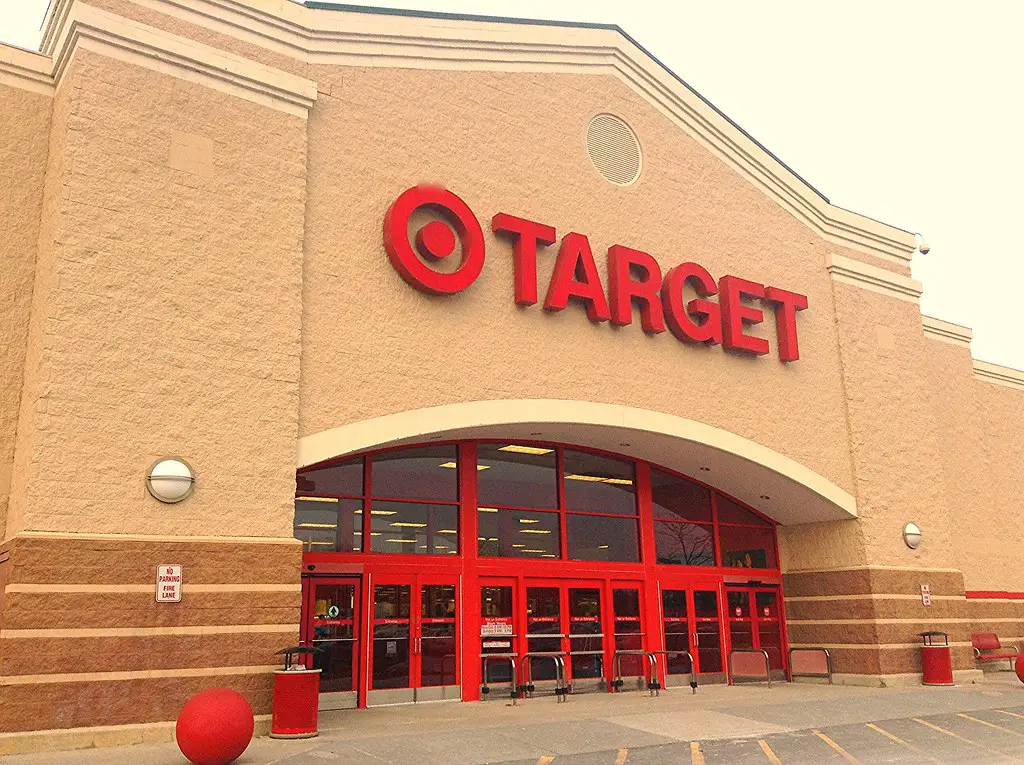
While still a major player, Target is closing select stores in underperforming markets. Rising costs and shifting demographics in certain areas contribute to these decisions. The company remains strong overall, with expansions planned elsewhere.
2. Bed Bath & Beyond
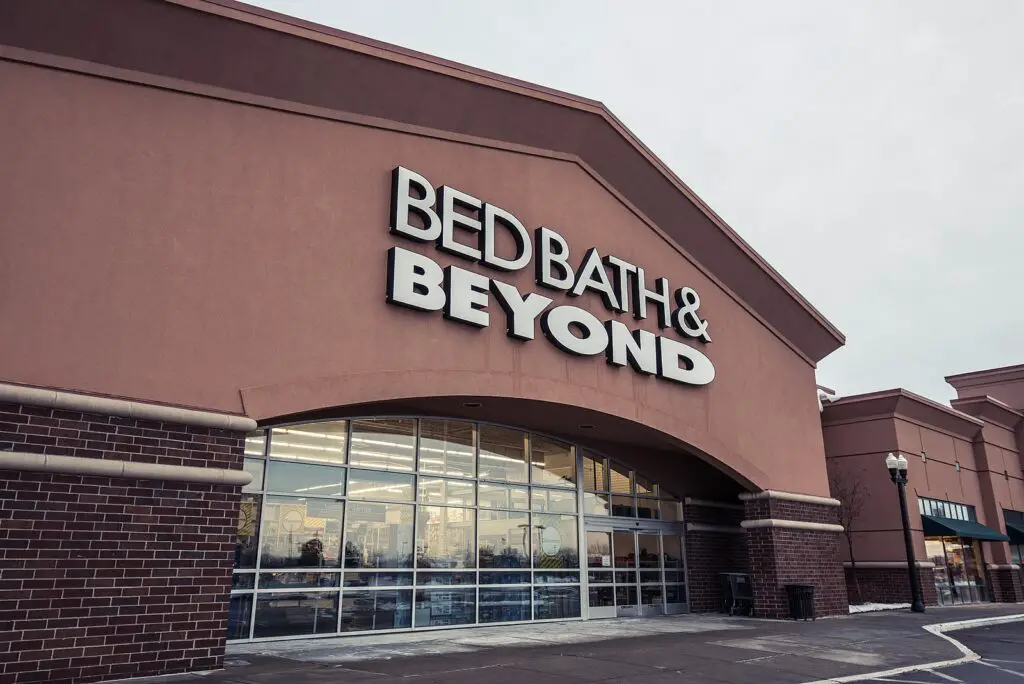
Bed Bath & Beyond closed all locations to cut costs and focus on e-commerce. Shoppers may notice dwindling options in certain regions. The closures reflect a shift in consumer preference for online shopping.
3. Macy’s
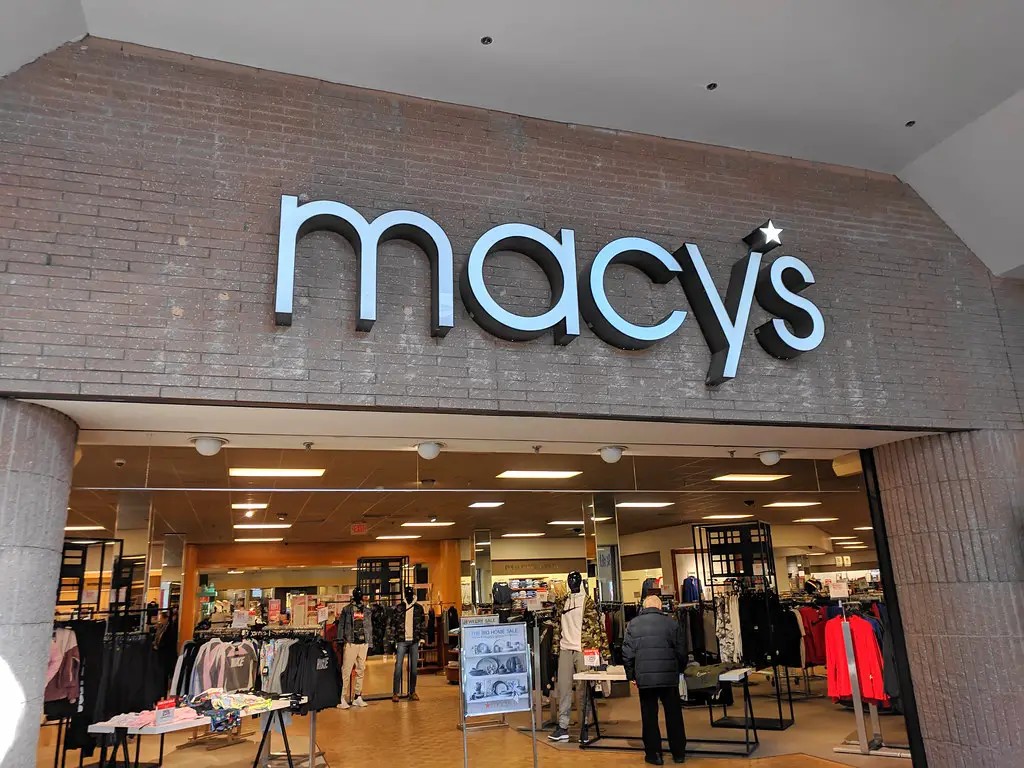
Macy’s continues to shutter underperforming stores as it embraces a digital-first strategy. While flagship locations remain intact, smaller outlets in less profitable markets are disappearing. The closures aim to streamline operations amid declining foot traffic.
4. Best Buy
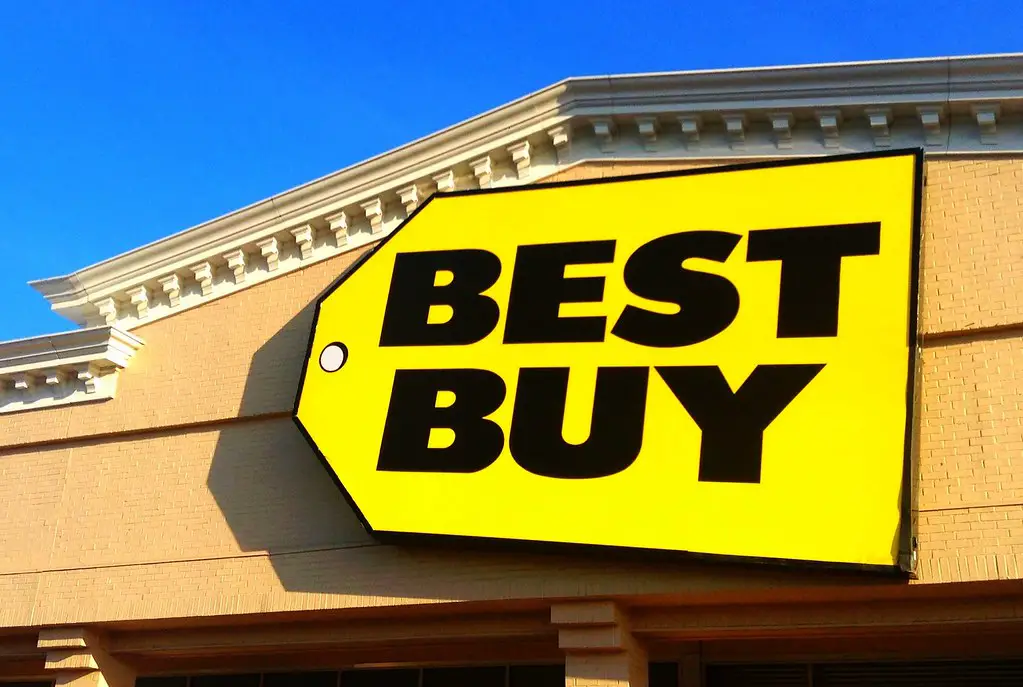
With electronics increasingly purchased online, Best Buy is scaling back its physical footprint. Stores in suburban and rural areas are most affected. The brand is redirecting resources toward enhancing its online presence and customer service.
5. Sears
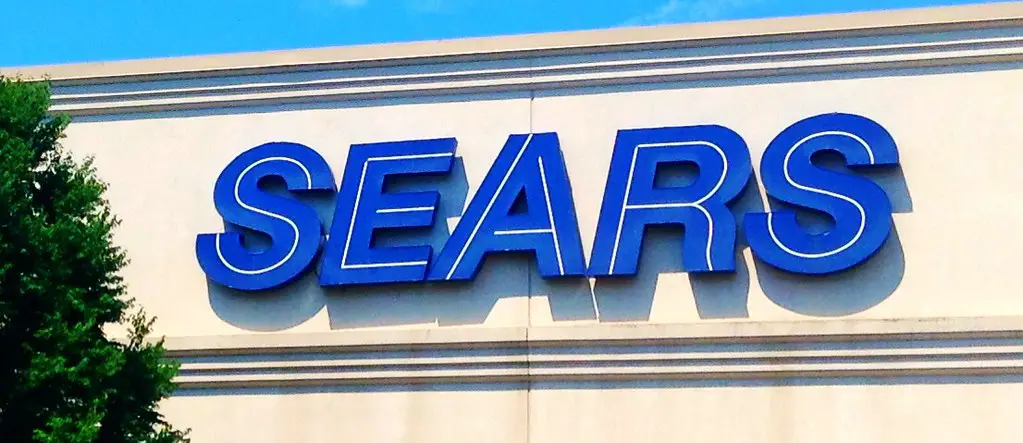
The slow decline of Sears persists, with more store closures expected in 2025. The brand has struggled to adapt to modern retail trends and faces stiff competition. Remaining stores focus on liquidation sales to offload inventory.
6. JCPenney

Despite new ownership, JCPenney is quietly closing stores in underperforming malls. The company is working to reinvent itself but faces challenges from declining mall traffic. These closures highlight the struggle to remain relevant in a competitive market.
7. Office Depot
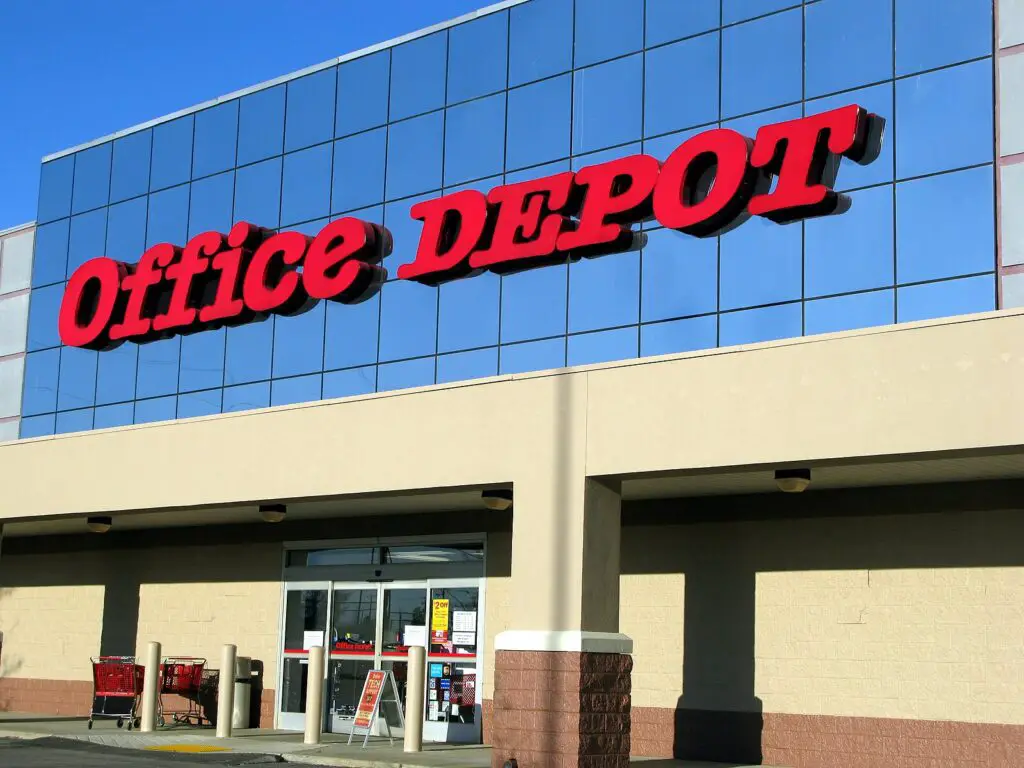
Office Depot is scaling back its brick-and-mortar presence as remote work continues to reshape office supply demand. Smaller-format stores and partnerships with larger retailers are replacing traditional locations. Consumers are increasingly turning to online options for their needs.
8. Kohl’s
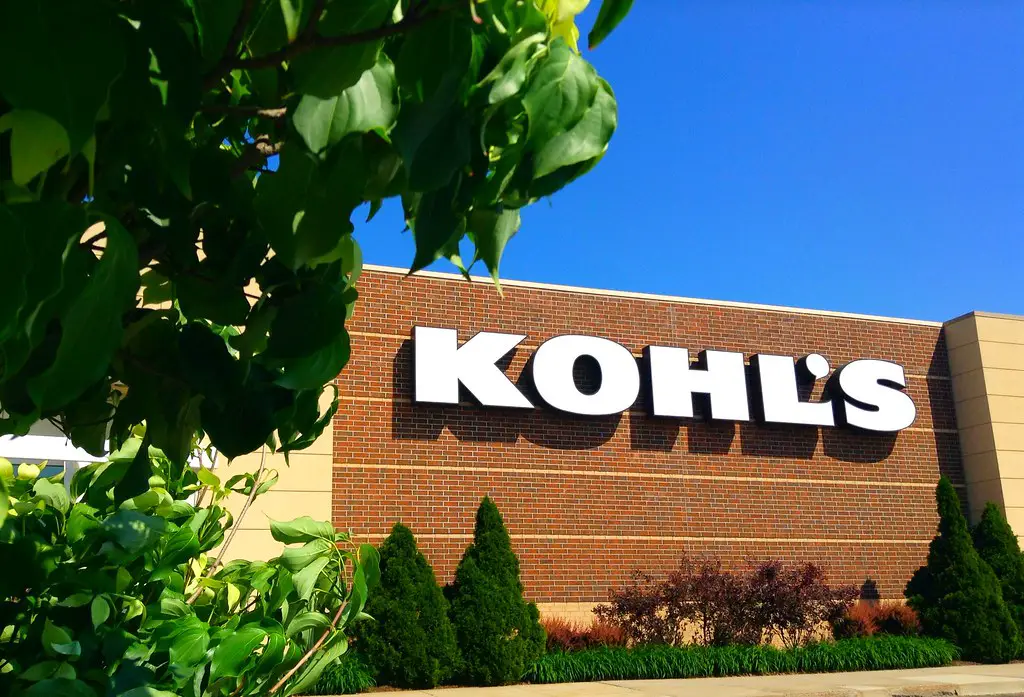
Kohl’s is trimming its number of stores, particularly in regions with oversaturation. The brand is testing smaller store formats and partnerships with retailers like Sephora. These closures reflect an effort to optimize profitability.
9. Walmart Neighborhood Market
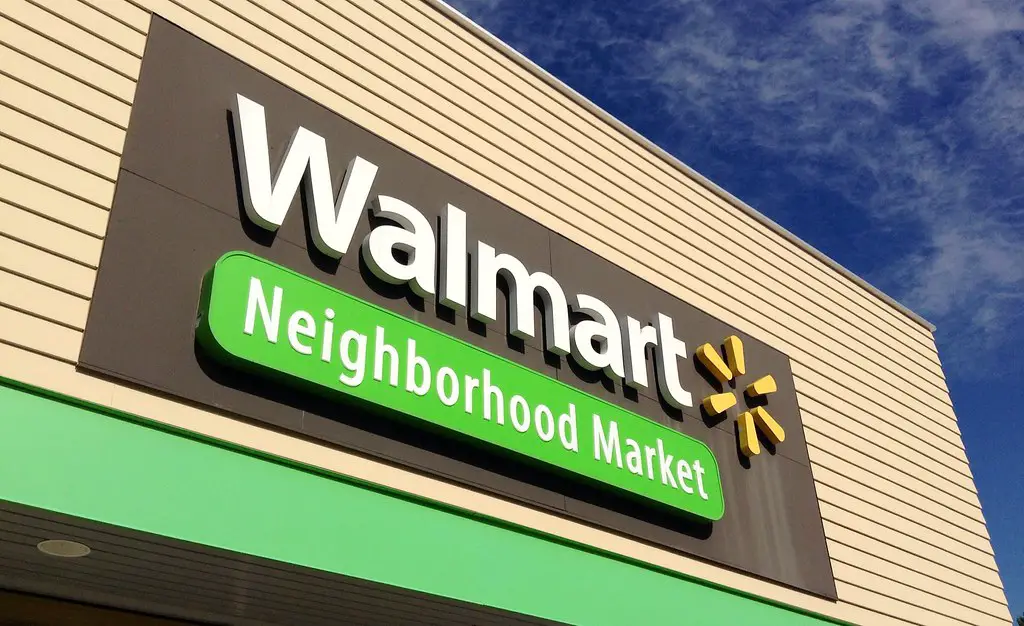
Walmart is pulling back on its smaller-format Neighborhood Market stores in favor of focusing on supercenters. These closures are strategic, as the brand evaluates market performance and profitability. Regular Walmart locations remain largely unaffected.
10. Lowe’s
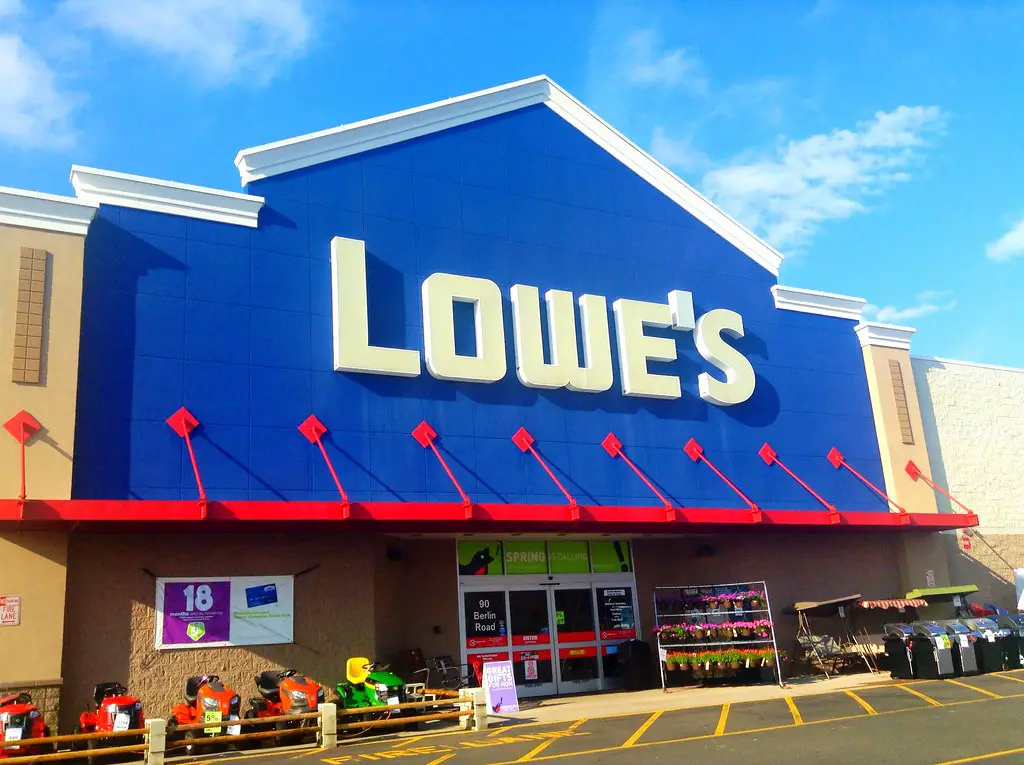
Lowe’s is closing underperforming stores in smaller markets as it invests more heavily in e-commerce. Competition with Home Depot and a focus on profitability drive these decisions. The brand continues to thrive in larger metropolitan areas.
11. Barnes & Noble
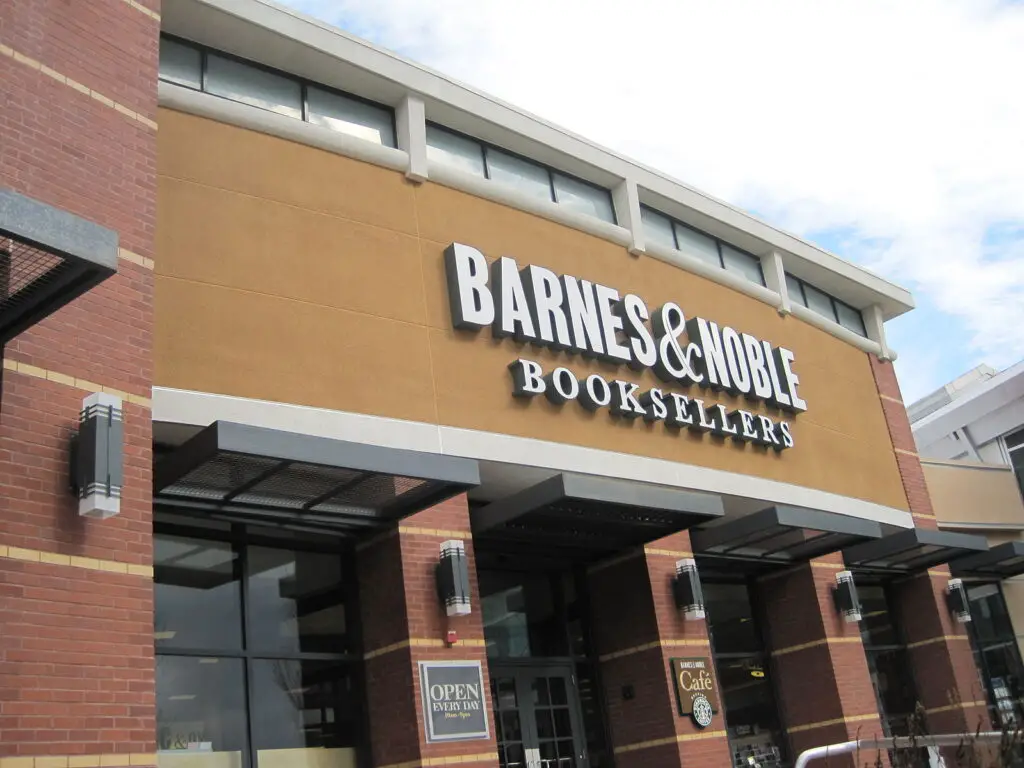
Despite a resurgence in interest in books, Barnes & Noble is quietly closing stores in high-rent areas. The chain is focusing on smaller, community-oriented stores with curated selections. These closures highlight a shift in strategy to compete with independent bookstores.
12. Dick’s Sporting Goods
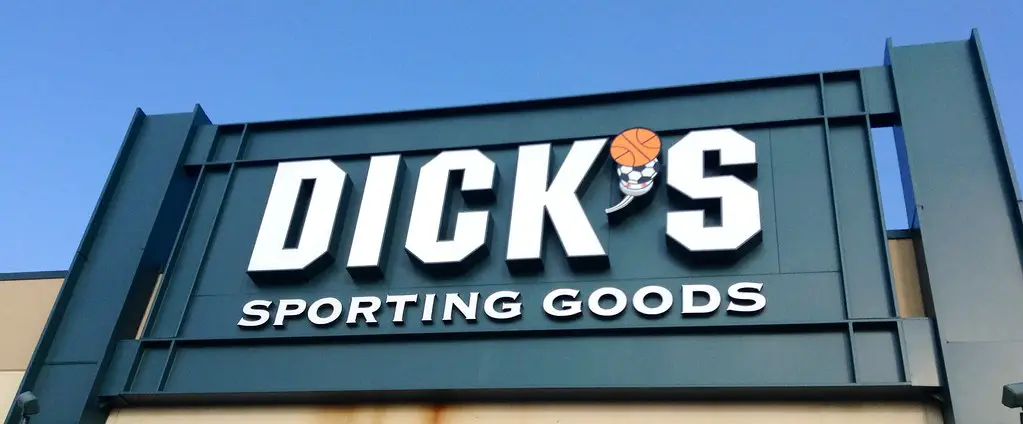
Dick’s is reducing its number of stores in regions where demand for sporting goods has waned. The company is pivoting toward experiential retail and online sales. Closures allow the brand to concentrate on its most profitable locations.
